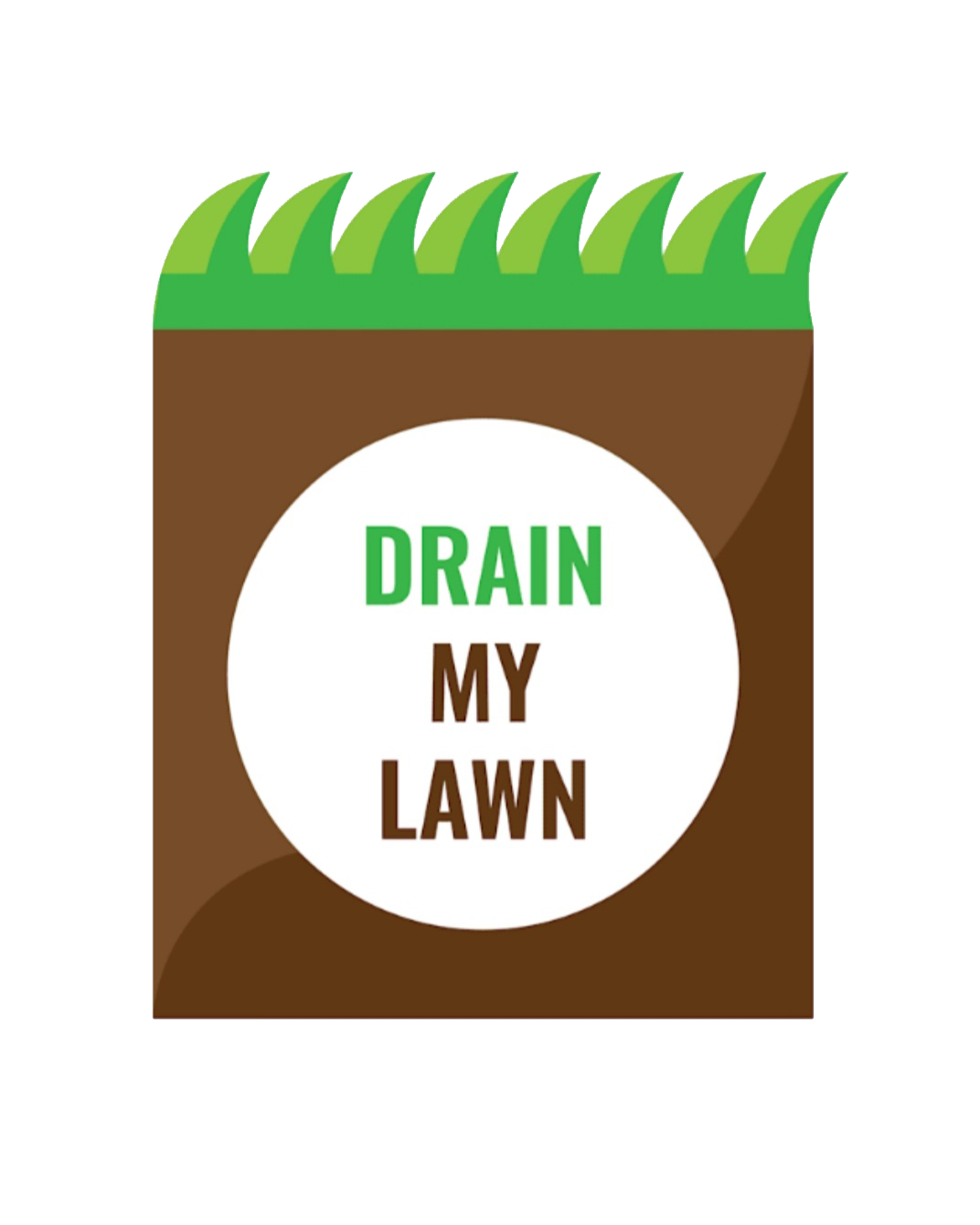Identifying and Resolving Storm Water System Failures
sink hole next to storm drain basin
At Drain My Lawn, we encounter various drainage challenges, but sinkholes are among the most serious. Recently, we came across a significant sinkhole issue that highlights the importance of proper drainage system maintenance and inspection. Let's dive into what happened and how we plan to address it.
The Situation: A Deep and Expanding Sinkhole
We were called out to a site where a sinkhole had rapidly expanded over the last few days, growing to a depth of about 6 feet. Due to the hazardous nature of the situation, we couldn’t immediately inspect the bottom of the sinkhole without proper safety equipment. However, from what we could observe, it was clear that the sinkhole was connected to an underlying culvert system failure.
The Initial Assessment: Sediment and System Failure
One of the key indicators of a problem was the presence of sediment, specifically red clay, at the exit of the drainage system. What was particularly concerning was that this sediment was not visible at the entrance of the system, which suggests that the sediment is entering the drainage system somewhere between the entrance and the exit.
This points to a significant failure in the drain system under the affected area. The system is likely compromised, allowing large amounts of dirt to be washed into it, leading to the erosion that is causing the sinkhole to form. This is a serious issue that needs to be addressed quickly to prevent further damage.
The Challenge: Inspecting and Repairing the Damage
To properly address the issue, we’ll need to inspect the culvert system from the inside. This will involve using specialized equipment to safely descend into the 15-foot-deep drain basin and assess the extent of the damage. The depth of the sinkhole and the pressure exerted at such depths complicate the situation, making it unlikely that a simple interior repair will suffice. Instead, more substantial and sturdy repairs may be necessary, potentially requiring access from the exterior of the system.
The next steps include a thorough inspection using cameras and other tools to document the condition of the drainage system and determine the exact location and nature of the failure. Based on this inspection, we will develop a detailed report and recommend a solution to fix the problem.
Evidence of the Problem: Sediment and Water Flow
Downhill from the property, where the storm drain exits, we noticed another troubling sign. While we could hear water running and dripping within the system, there was no water coming out of the exit. This suggests that the water is leaking somewhere along the line, and the sediment we observed—red clay—confirms that erosion is occurring into the system.
The sediment was accumulating behind large rocks at the drainage exit, indicating that the water was carrying soil from the compromised area and depositing it as it slowed down near the exit. This sedimentation is a clear sign that the drainage system is not functioning as it should and is instead contributing to soil erosion and sinkhole formation.
The Importance of Timely Intervention
This situation underscores the critical importance of regular inspections and maintenance of drainage systems. A failure like this one can lead to significant property damage, not to mention the safety hazards posed by large sinkholes.
At Drain My Lawn, we are committed to identifying and solving drainage issues before they become major problems. If you suspect your drainage system might be compromised, or if you've noticed unusual ground movement or sediment buildup, don’t hesitate to contact us. We can ensure your system is working correctly and help you avoid costly repairs down the line.


